May 21-27 is National Safe Boating Week, and if there is any group that knows the dangers of not staying safe on the water, it’s the United States Coast Guard.
In a single year, the Coast Guard responded to nearly 20,000 search-and-rescue cases, saving nearly 3,600 lives.
I went on board with the Coast Guard to see exactly how they train for those vital rescues.
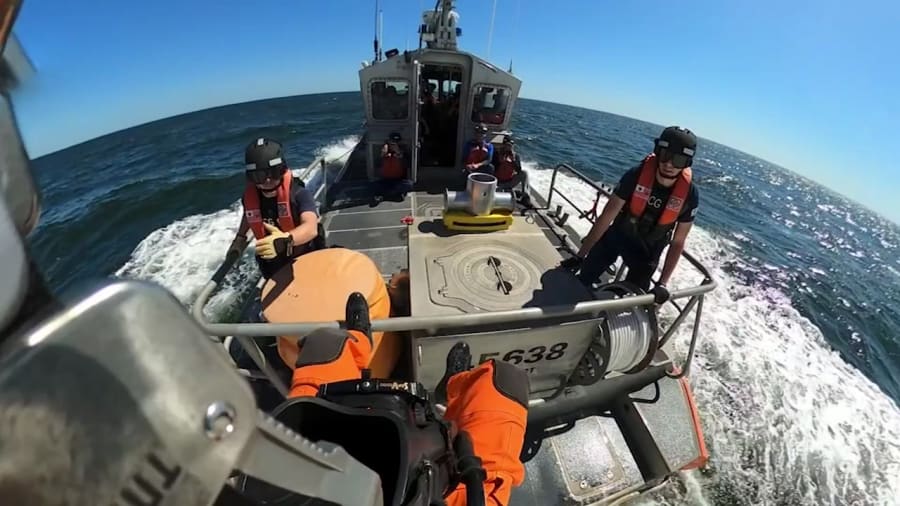
These crews are really the lifeline for people in a life or death situation. The rescues can be very tense and difficult in severe weather. But the crew is focused on one thing: getting the person that is stranded back home to their family.
RELATED: An onboard look at the Coast Guard’s law enforcement sector
Perfecting that comes with a lot of practice.
Imagine being stranded in open water and a rescue swimmer coming to pull you to safety. I watched a training exercise involving that kind of scenario. The particular rescue swimmer in the exercise was Coast Guard Air Station Savannah Petty Officer 1st Class Donnie Walker, who has nearly 20 years of this under his belt.
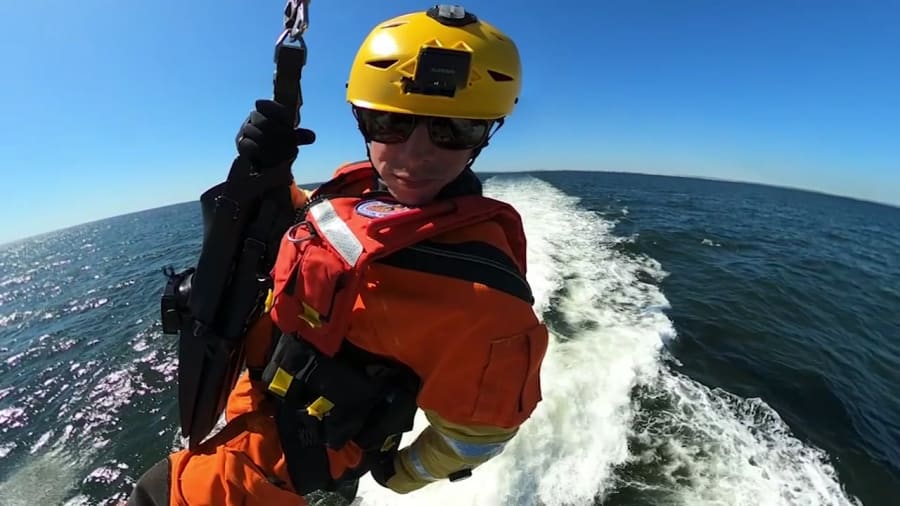
Two pilots and a flight mechanic were on board a helicopter -- all focused on hitting their target. They do this training to make sure that happens when it matters most -- like during rescues last month in Georgia. Coast Guard Air Station Savannah crews helped rescue an 81-year-old man from a sinking boat in Little Black River, as well as two men who were stranded in Sapelo Sound after their sailboat ran aground. Both times, crews used a basket to pull people to safety. It’s capable of hoisting 600 pounds.
Note: To control the 360 video below, grab the video with your mouse and move, use the direction tool in the upper left corner of the video or use the “W,A,S and D” keys on your keyboard. W = up, A = left, S = down and D = right. If you’re watching on your phone, click the ‘YouTube’ logo to open it in the YouTube player and then move your phone.
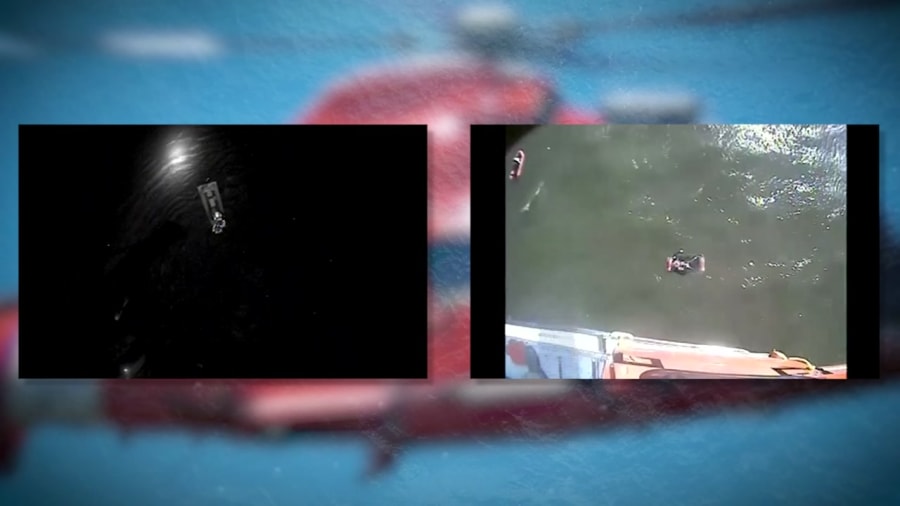
But in some rescues, that basket isn’t an option, and the rescue swimmer has to jump in and swim to the person whom the crew calls the “survivor.” The rescue swimmer goes in without any extra oxygen -- just a snorkel and special suit.
“The gear definitely takes some time to get used to,” Walker said. “In heaver seas, it can be a bit of a curse.”
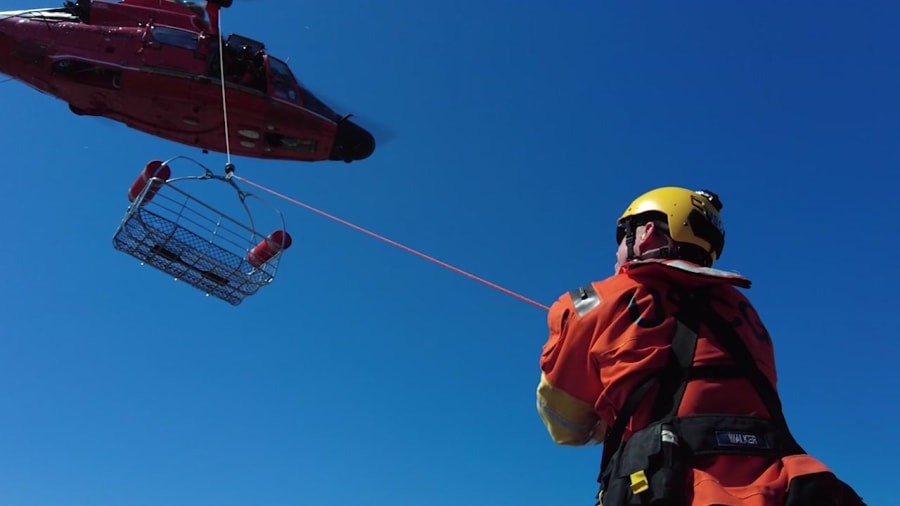
That’s typically when these rescues happen -- when the water and wind is working against the rescue crew. But it says this process has become automatic.
“We’re always just following procedures,” Walker said. “They built into us the repetition and steps.”

All of this is so carefully coordinated. The pilot, Coast Guard Air Station Savannah Lt. j.g. Kelli Davis, says the crew’s planning starts even before it leaves the airfield.
“We do a pretty in-depth mission training every time we go fly. We know the winds are out of the east, we will likely have the boat that way, trying to keep the boat out of the wind. And we have a hoisting plan, as well, as far as which evolutions in what order,” Davis said.
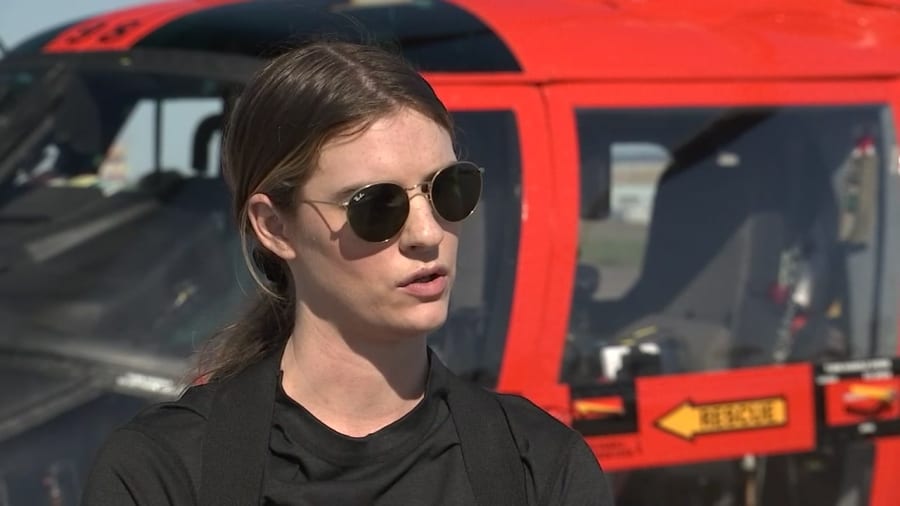
Also key to these missions, as every crew member will tell you, are flexibility and communication.
Coast Guard Air Station Savannah Petty Officer 3rd Class Bryce Kitchen is the flight mechanic.
“Each scenario is completely different,” he said. “Like I said, play it by ear, make sure everyone is communicating inside the helicopter.”
Kitchen essentially “drives” the helicopter from the back.
“Most of the times when you go to put the swimmer down, they might drift a little further than what the pilot can see. So I’m their eyes, ears and visual references of, hey, this is where the basket is going down, hey, the basket is on deck, this is where the swimmer is, this is where the survivor is,” Kitchen said. “Without communication, none of this will work.
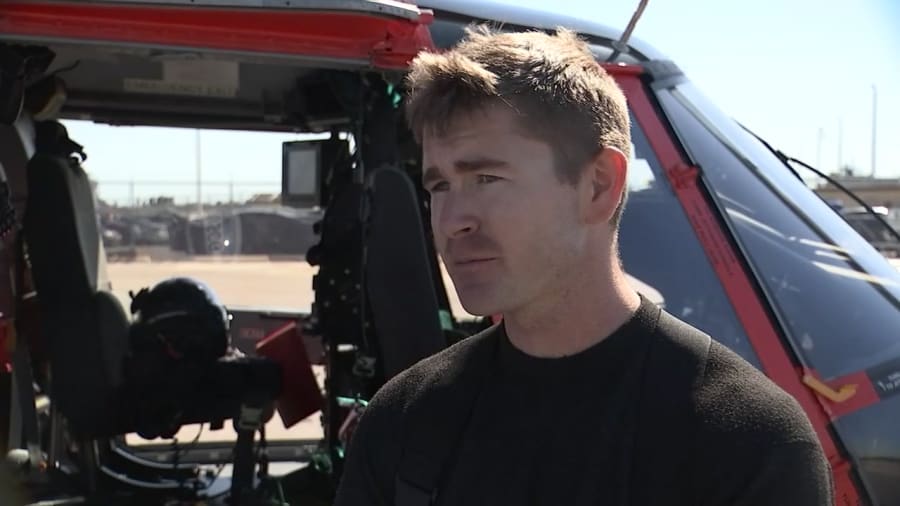
In the end, all of this coordination and training comes down to one thing: saving a life.
Davis says the key to saving your own life -- and making their job easier -- is early notification. She says you need to have the right equipment to get in contact with the Coast Guard so they can get to you as quickly as possible.
While the particular crew I watched train is out of Savannah, it is one of the many assets that answer calls off the Jacksonville coast.
Jacksonville has 1,100 miles of navigable water, but that’s just a portion of what Coast Guard Sector Jacksonville protects and maintains.




